
Matt
Fast fashion refers to inexpensive throw-away clothing produced rapidly by mass-market retailers in response to the latest trends, which on average are worn less than 5 times and kept for just 35 days.
This guide delves into how we can reduce our environmental impact by shunning fast fashion and switching to sustainable and ethical clothing.
Fast Fashion, a toxic industry
Second, only to oil and animal agriculture, the fashion industry is one of the biggest polluters in the world. Not only generating 10% of all global CO2 emissions but responsible for deforestation on a grand scale. Over 70 million trees are cut each year to produce cheaper fabrics such as rayon, viscose, modal, and lyocell.
The industry is also the second-biggest consumer and polluter of water, producing 20% of wastewater containing toxic colouring dyes. Not to mention the 92 million tons of solid waste dumped in landfills each year, and the plastic microfibers (up to 700,000 microfibres released in a single domestic wash) entering our waterways and oceans on a daily basis.
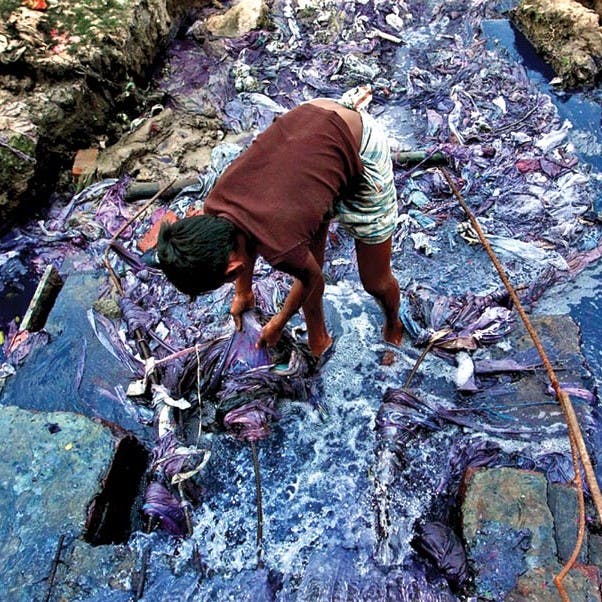
Consume Consciously
Consume consciously by opting for sustainable fashion brands. Read the labels before you purchase. More and more fashion brands are accountable to the environmental and social impact of their production so be sure to look for natural and organic fibres, non-toxic dyes, take-back programs, and ethical production. Fortunately, there are now a number of great ethical shopping apps to help us make informed purchasing decisions.
Garments of recycled content are often the best solution, as it reduces the pressure on virgin resources and tackles the growing problem of waste management. E.g. Patagonia was the first outdoor clothing brand to make their polyester fleece out of recycled plastic bottles.
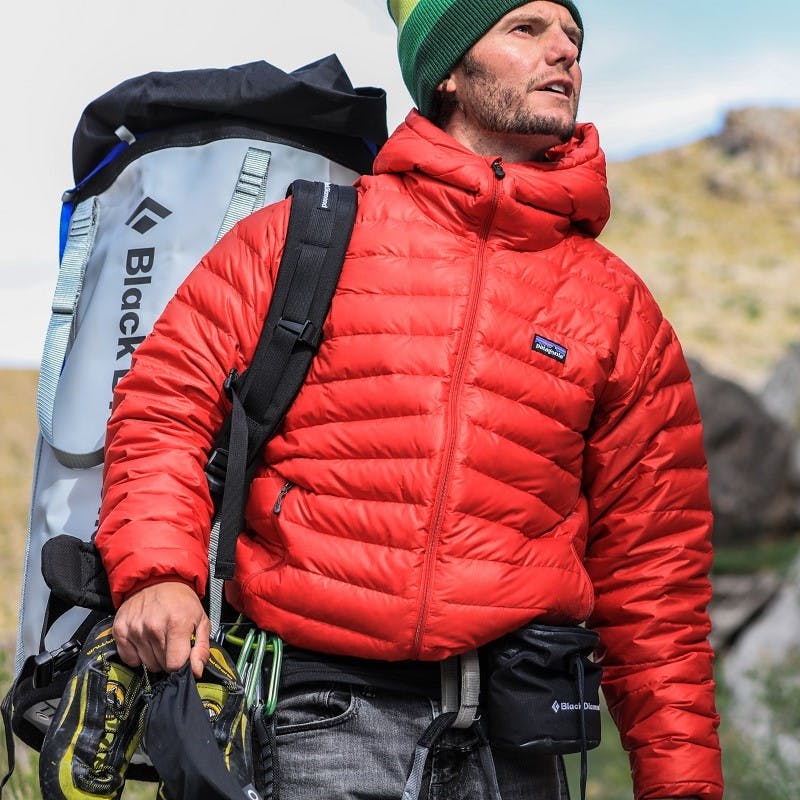
Buy Cheap, Pay Twice
Choose quality over quantity to extend the lifetime of your wardrobe. Check the stitching is strong by gently pulling at the seams to see if the garment holds well. Check the stretch by lightly stretching the fabric to see whether the item maintains or loses its shape. Go for a metal zipper, they are usually more robust. YKK zips are normally a sign of quality. Fabric patterns should always match up with the seams. If not, little care has been taken in its production, suggesting an inferior garment. Finally, check the thickness of the fabric by holding the garment up to the light. Thicker fabrics are generally of greater quality.


Take action now
Do you want to have a direct impact on climate change? Sir David Attenborough said the best thing we can do is to rewild the planet. So we run reforestation and rewilding programs across the globe to restore wild ecosystems and capture carbon.
Get involvedWashing Clothes Consciously
Washing our clothes has a significant environmental impact. In fact, between 75 and 80 percent of our clothing’s lifecycle impact comes from washing and drying. Using an efficient machine can save you up to 50,000 litres per year.
Wash with full loads, using a green detergent and on lower temperatures. Also, consider purchasing a Guppy Friend Wash Bag. In tests, the bag captured 99% of fibres released in the washing process. Patagonia is soon to be selling them for $20-30.
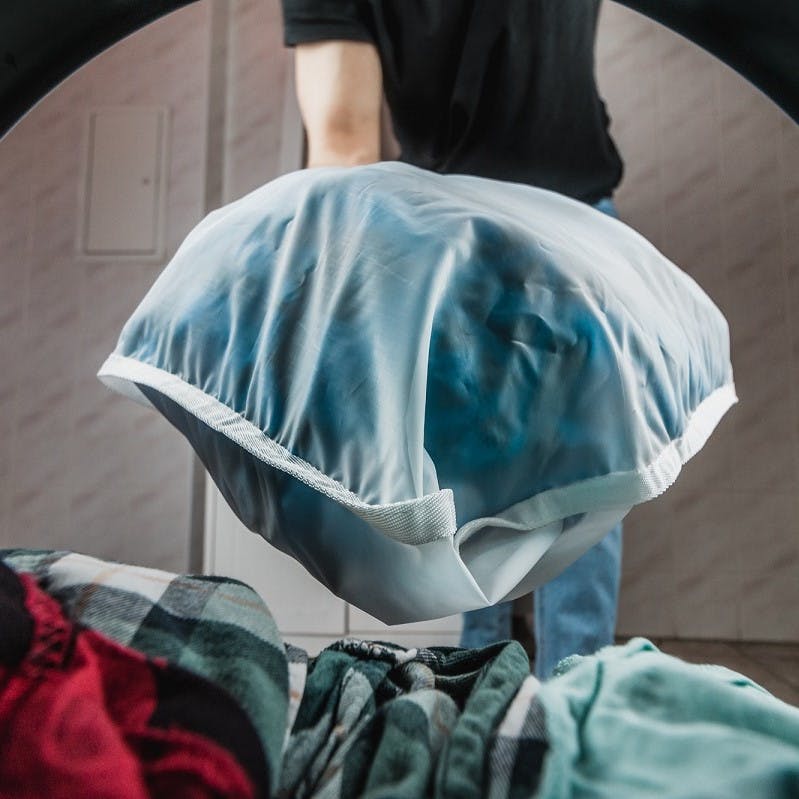
Sustainable and Ethical Fashion Brands
If you want to cut ties with certain big brands that mass produce and pollute, there is a new wave of thoughtful fashion companies taking sustainability seriously and making strides in addressing the industry’s tainted reputation.
1. RE-NT Revolution: their key commitments to sustainability are through developing longevity, recyclability, and ultimately zero waste. Rent off them and they will clean and repair your garments whilst they are part of your wardrobe, then recycle/upcycle them when they are completely worn out.
2. dorsu: a manufacturing brand, that controls conditions in their Cambodian factories, focusing on quality, eco-friendly materials, waste reduction and fair employment. They make seasonless collections with 3-4 pieces designed to be worn with one another over longer lifecycles.
3. Mud Jeans: operates in a Circular Economy, this brand recycles all their jeans and, in the process uses 92% less water than the average competitor. To add to this, they commit to using organic and recycled cotton, and fair production which is monitored by the Global Organic Textiles Standard (GOTS).
4. ethletic: an award-winning sneaker brand in Fairtrade Standards emphasizing the value of employees. A dollar from each pair of shoes sold in the US goes to a Trade Workers Welfare Society in Pakistan. They also have the seal of approval from PETA as Vegan-friendly products, subsidize shoe repairs, and use natural rubber to make the shoe soles.
5. ThredUp: an online company at the heart of the movement to convince consumers to #chooseused, a campaign endorsed by actress Olivia Wilde. Used apparel of all kinds can be found here, even designer labels and unworn clothes with tags. Thredup is also building a Circular Fashion Fund (CFF) aimed at financing organisations and individuals committed to operating in a Circular Economy business model.
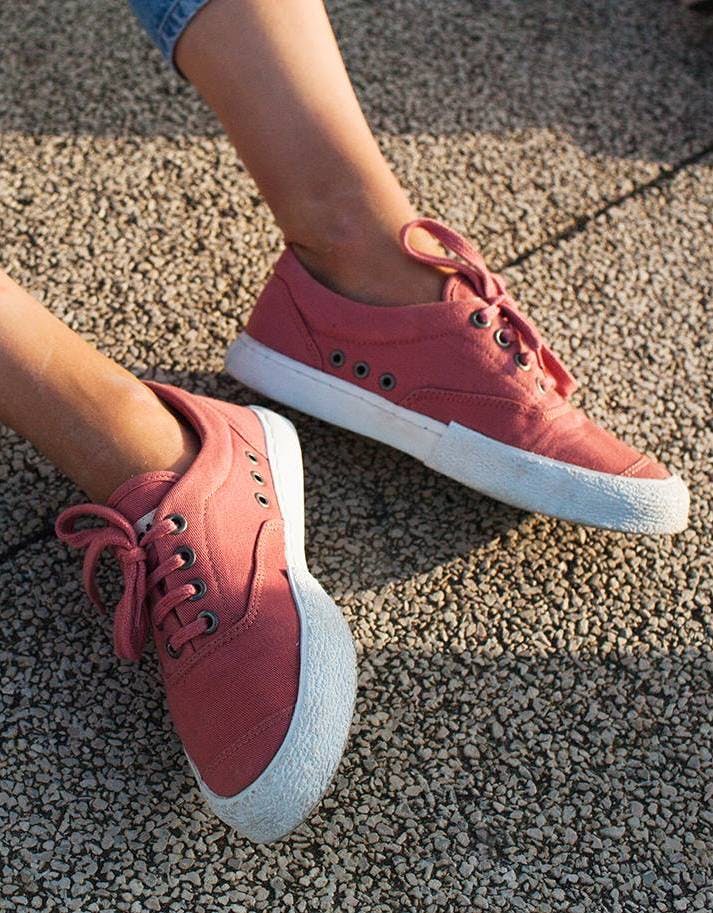
Sourcing Second Hand & Don't Dispose!
Instead of buying new consider sourcing second hand clothes from charity shops or websites such as Vinted or Oxfam Online. Alternatively, consider swapping clothes with friends, family, neighbours, or attending a clothes swap meet, which are becoming more popular in most major cities.
Don’t dispose of your clothes in normal bins! Most garments consist of synthetic, non-biodegradable fibres and will just pile up in the landfill emitting toxic CO2 and methane emissions. Instead, try to repair or customize your existing clothing, a little bit of imagination can go a long way. Alternatively, donate to friends, family, neighbours, or a charity shop. However, if you have no choice but to dispose, ensure to recycle your garments in a textiles recycling bin.

Keeping clothing in use just nine extra months can reduce the carbon, water and waste footprints by 20-30%.
WRAP, 2012
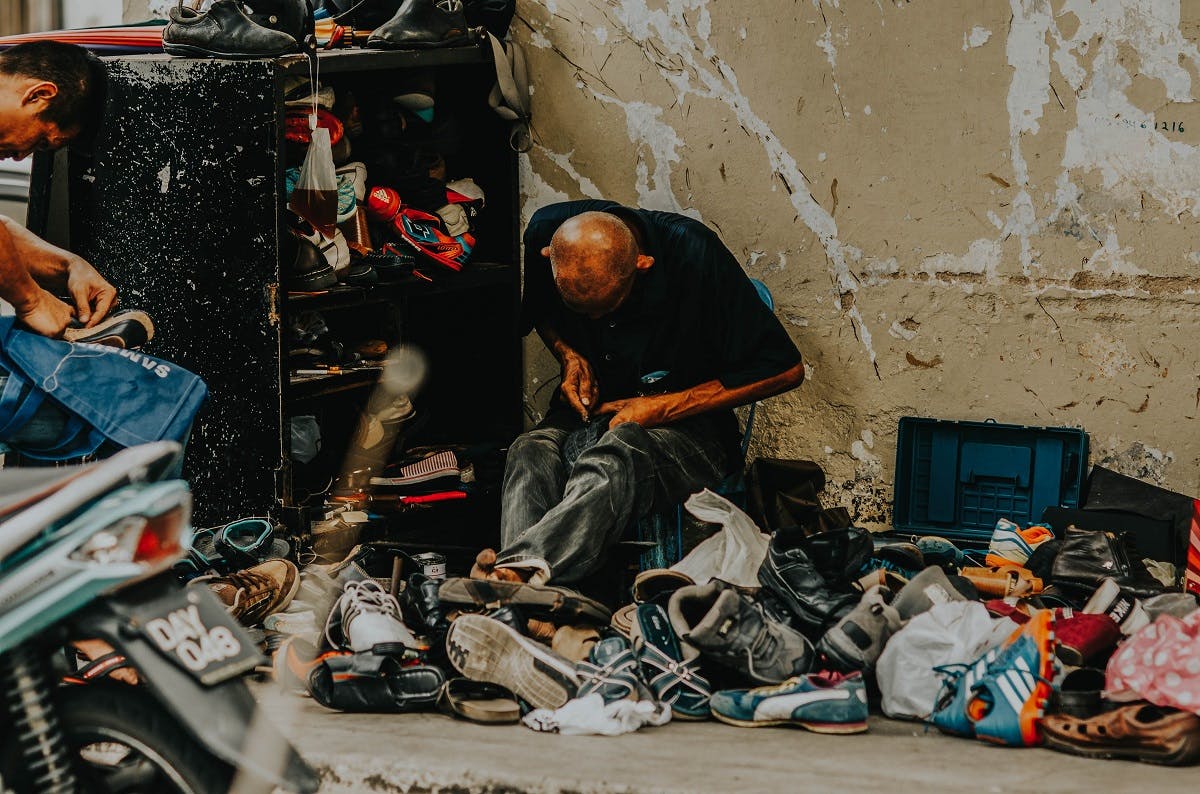
 Avoid buying inexpensive throw-away clothing.
Avoid buying inexpensive throw-away clothing.